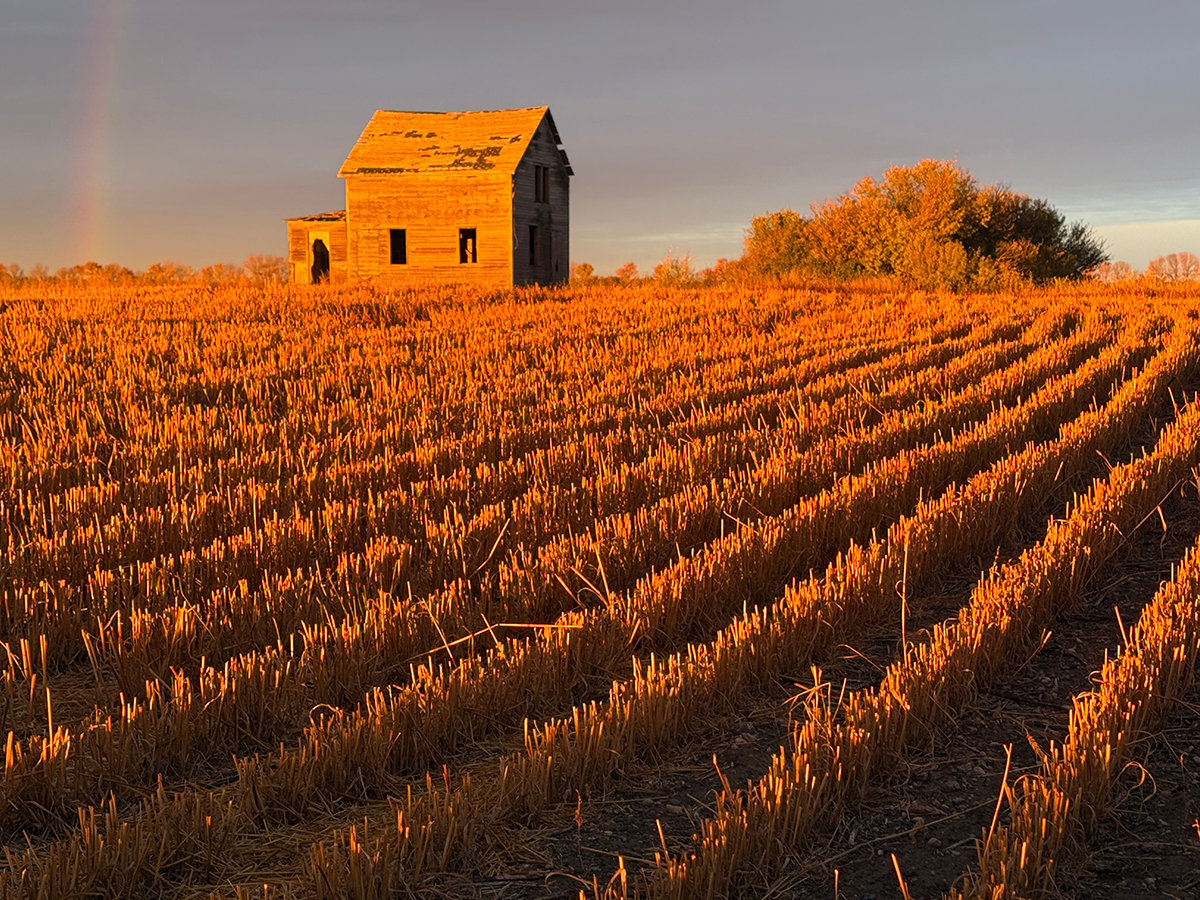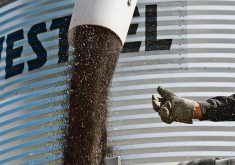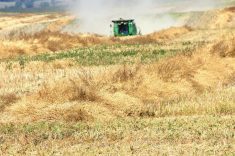Idaho farmers grew a fantastic crop of potatoes last year, producing 131 million hundredweight, up 12 percent from the 116 million cwt. grown in 2008.
However, the massive crop has provoked a controversy among North American potato growers because fresh potato prices have plummeted in the United States in the last year.
“In general, they (prices) are probably about half of what they were at this time last year,” said Lee Frankel, president of the United Potato Growers of America, which manages potato supplies in the U.S.
Read Also

Forecast leans toward cooling trend
July saw below average temperatures, August came in with near to slightly above average temperatures and September built on this warming trend with well above average temperatures for the month.
According to a March 5 U.S. Department of Agriculture report, fresh Russet potatoes are selling for $5.50 to $6 US per 50 pound carton in Idaho. Prices are similar in Washington state and Wisconsin.
The U.S. produced 392 million cwt. of fall potatoes last year, up three percent from 2008.
The severe drop in fresh potato prices is partly explained by record yields in Idaho, where growers produced a state-wide average of 411 cwt. per acre. The previous record was 386 cwt. per acre in 2006.
However, in a March 1 letter posted on the United Potato Growers website, Frankel blamed growers who planted extra acres in 2009.
“Significant acreage increases by nonmembers wiped out the impact of United acreage cuts made to help balance the market,” he wrote.
Idaho growers planted 320,000 acres of potatoes in 2009,15,000 more than 2008.
Chuck Gunnerson, president of the Northern Plains Potato Growers in Grand Forks, North Dakota, said the extra acres in Idaho, along with more Russet production in Colorado, Washington and Wisconsin, upset the market balance.
“We have had overproduction of Russet potatoes for the fresh market and it has created problems for growers, in that they’re not returning very much.”
United Potato Growers of Canada hasn’t seen the same problems, said Manitoba Agriculture potato specialist Tom Gonsalves.
“I’m not aware of a concerted effort by growers in any one jurisdiction in Canada to go off and overplant purposely,” he said.
Manitoba’s potato producers grow mostly processing potatoes and negotiate directly with food companies on price.
“In Manitoba, the vast majority of our potatoes are process potatoes, roughly 75 to 80 percent,” he said.
However, Gonsalves said Manitoba growers are talking about the American situation because the larger U.S. marketplace does affect them.
“No doubt. It’s created conversation,” he said.
Gunnerson hopes the talk leads to action. He said fresh potato acres need to drop in the U.S. this year to prevent a repeat of 2009.
“We are having discussions with other growing areas that they will need to cut acreage from what they produced last year,” he said.
“We need to hold our acreage down this year so the overproduction doesn’t happen again.”
Frankel said the one bright light from last year’s overproduction is that it has demonstrated the value of working together to limit potato production. United’s Idaho chapter boosted recruitment and now more than 80 percent of fresh acres are in the co-op.















